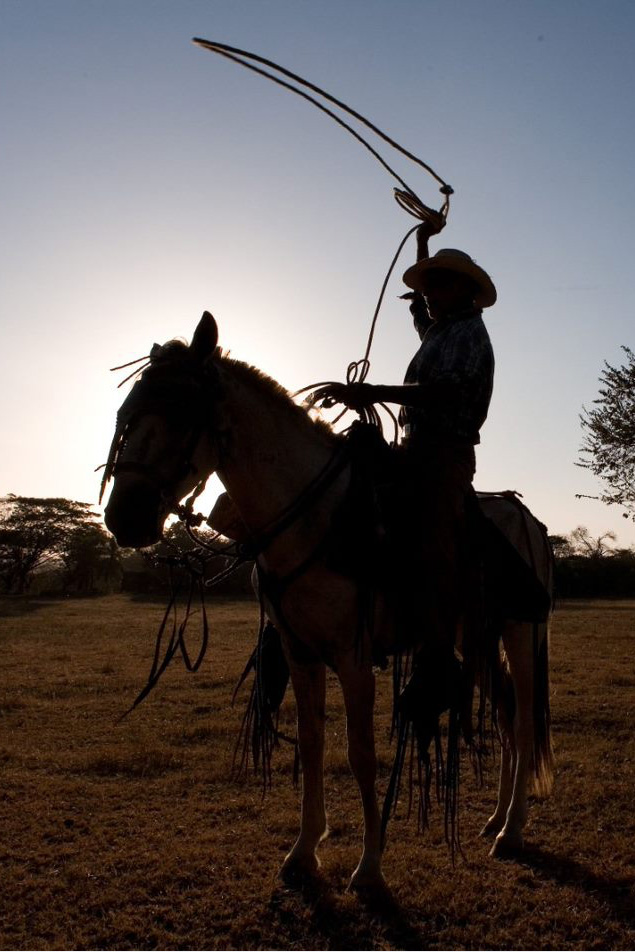Blue Zones facilitates the reintegration of Scarlet Macaws into the Nicoya Peninsula
Blue Zones facilitates the reintegration of Scarlet Macaws into the Nicoya Peninsula
Although Blue Zones’ mission focuses on the rescue of traditional Nicoya products, its work has an impact on other types of rescue.
One of the initiatives that seeks to generate an impact in the area is the Macaw Project, which consists on the conservation and reinsertion of macaws, mainly specimens of the Scarlet macaw (Ara macaw).
This way, the company became an important ally of the Lapa Conservation Association (Asoprolapa), a non-governmental organization whose objective is to repopulate limpets in the Nicoya Peninsula.
The Blue Zones model farm, located in San José Pinilla (Guanacaste), has an adequate hatchery space for the preservation of macaws. The initiative started a year ago and has given very good results. There are currently about 20 pairs on the farm, with the intention of releasing 30 birds per year. The projection is that, in 10 years, the liberation of at least 300 specimens will be achieved.
The releases are made when the macaws are old enough to have an independent life. The species is completely monogamous and remains in pairs. Its life, under normal circumstances, can reach between 75 and 80 years, making it a symbolic bird of longevity, something that is aligned with the concept of Blue Zones.


Facts about Scarlet Macaw care
- Eats mango, almond and cashew nuts.
- Young birds have the ability to be released after a process of adaptation to the climate and the area.
- The Scarlet Macaw, although it is not on the list of endangered species, it has suffered a decrease in its population.


A contribution project
The importance of Blue Zones’ participation in this initiative is vital for the preservation of the macaw population in the Nicoya Peninsula, which has decreased over the years. The decline of the species in the region is related to the capture of birds for sale, as well as deforestation.
Blue Zones Nicoya receives adult birds rescued in different parts of the country by the Ministry of Environment and Energy. Subsequently, it keeps them in a space dedicated specifically for their care and promotes the reproduction of the couples in captivity.
The release occurs in Avellanas Beach and its development is monitored through the placement of identification chips. This helps keeping trace of the birds to give continuity to the behavior of the population.
Blue Zones Nicoya also participates in an education program in the schools of the area in addition to the conservation and reproduction initiative. This way, it contributes to an awareness campaign of preservation that is carried out in the Macaw Project.
On the model farm, although the largest number of pairs belong to the red macaw species, you can also find parrots that are rescued from places where they are kept illegally as pets.

